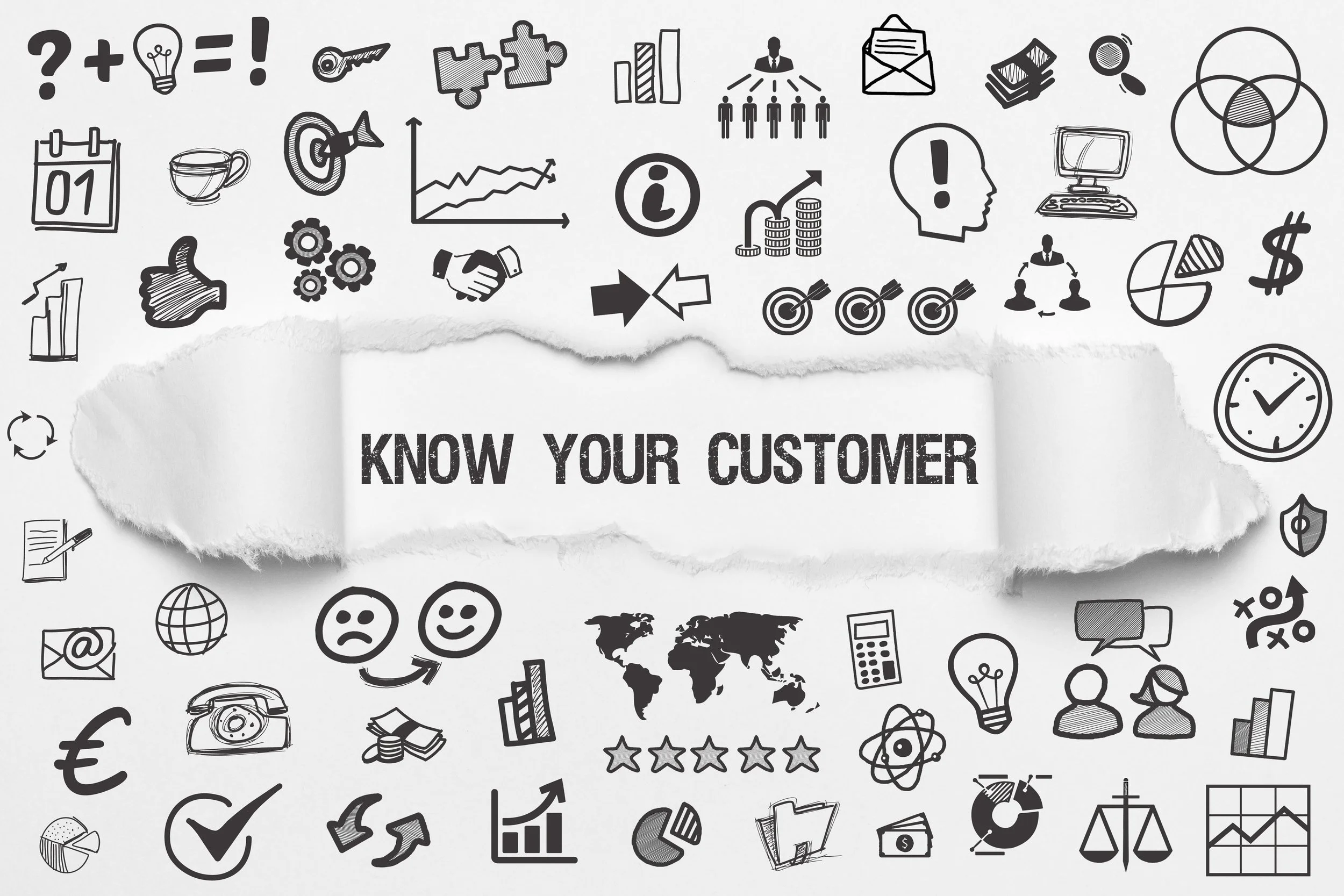Insights
Corporate Podcasting: Why Make a Business Podcast for Your Tech Company?
If you are considering leveraging corporate podcasting for your company, it is important to familiarize yourself with some of the foundational principles of the medium.
The Fluid Organization: Why Businesses also Need to be Adaptive, Flexible and Iterative to Align with Today’s Workers
In today’s work world, change is constant and uncertainty is the new certainty. There have been fundamental shifts in workforce wants, beliefs and approaches which has been reflected the changing dynamics on the career front. The future is now fluid which means not only are individuals testing and learning their way to finding work-life fit, organizations need to do the same to find mutual fit with their employees based on the goals they want to achieve. That implies you now have to be a fluid organization in the way you think and do.
What are the different corporate podcast formats?
Before launching your corporate podcast, you should first understand what format will suit your listeners and brand goals. Here’s what you should think about.
What is a corporate podcast?
What is a podcast? And is it right for your company or brand’s marketing mix? Here’s a quick guide.
Think Agile, Deploy Iteratively (In Any Industry)
What does business agility really look like in today’s organizations large and small? It’s already happening and you probably don’t even realize it. Here are examples across various industries and disciplines in action to help you and your company reframe the way you can create the traction needed to breakthrough.
Data-Driven vs. Gut-Driven Decision-Making: Which is More Effective?
Decision-making is happening faster than ever in our rapidly pivoting world. Tt’s apparent to ask: is one style of decision-making — git-driven or data-driven — now more effective than the other? In covering this topic, I pulled from interviews I’ve conducted with guests on the Strategic Momentum Podcast. Here’s what I found out.
Analyzing the Chain of Why to Understand Your Customers' Behavior
Consumers don’t answer questions at a deep level when you initially ask them why they bought or would buy a product. How do you tap into their psyche to get at those underlying motivations? The Means-End approach uses laddering to get to the underlying “why” behind the interviewee’s purchasing decision, and could be your solution.
Fear is Fuel: Fear’s impact on business momentum and you
As one of the strongest negative emotions, fear is often the most “primary, powerful, and misunderstood source of motivation." Understanding your fear and how to channel it in business can give you a unique emotional advantage.
Getting to the "Why" Means Knowing Both the Rational and Emotional Side
Consumer behavior isn’t based on rational decisions alone. Emotions are dominant in dictating their thoughts, spurring motivations, and actions. To understand the "why" behind customer motivations and actions, you need to understand both sides.
Optimizing Your Initiatives Means Knowing Your Customer Inside and Out
How well do you really know your target audience? The reality is that most marketers don’t. But understanding your customers is critical to delivering the best customer experience, serving up the right product, or whatever your intended business objective may be. You can’t positively impact your business if you don’t everything about them.
Case Study: How Agile Marketing Revolutionized Our Video Creation Process
The challenge? Find a way to communicate the successes of a software development company to potential clients. The solution? Create a memorable series of video case studies -- in an agile way.
What it Takes to be Agile...in Marketing.
Agile marketing may take different forms across various applications; still, any organization can adopt the practice. Here are six critical components to making that happen.
To be Agile, or Not to be Agile…in Marketing. That is the Question.
Ever find yourself in a situation where the end deliverable doesn’t align to intended expectations? Taking an agile approach to marketing may be your solution.
Aligning People, Process, and Purpose
In order to solve the right business problem, it requires organizational alignment around a common set of goals and objectives that puts your customer as the main point of context. Learn more.















